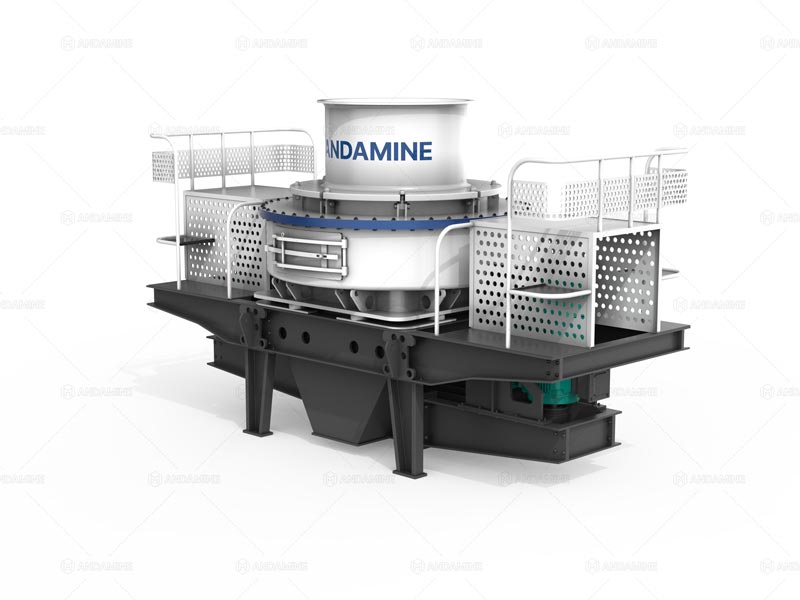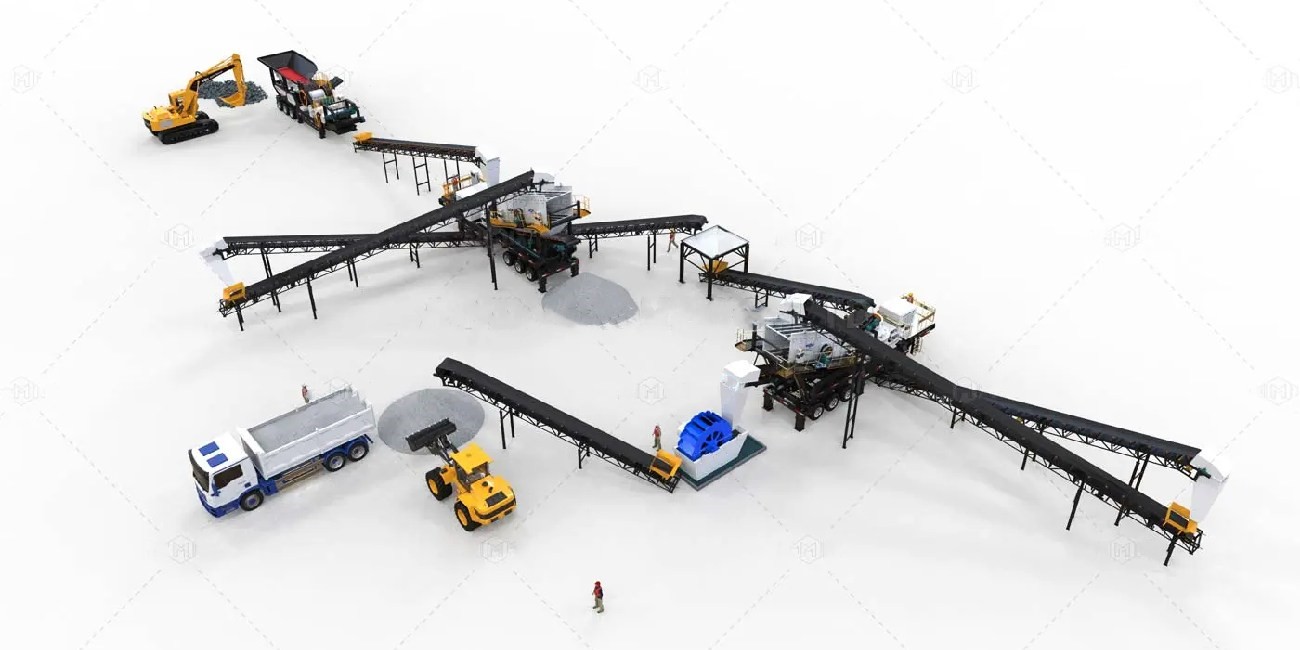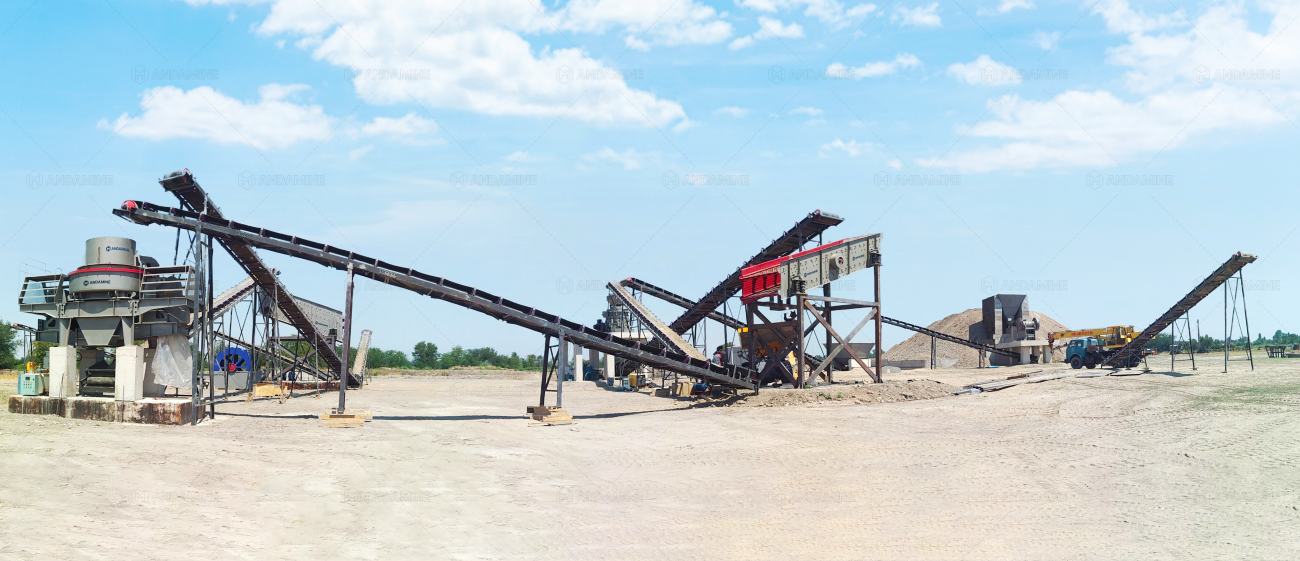8
0
0
Sand Making Crusher Machine: Innovations in Material Reduction Technology
2
Zhengzhou, Henan, China
0
The construction and mining industries continue to demand high-quality aggregates for building infrastructure, concrete, and asphalt. As natural sand resources become scarce and environmental regulations tighten, the need for efficient artificial sand production has grown. This is where the sand making crusher machine plays a pivotal role. By transforming rocks, ores, and construction waste into fine, uniform sand, these machines ensure a reliable and sustainable supply for modern construction projects.
In recent years, innovations in material reduction technology have significantly enhanced the performance, efficiency, and versatility of sand making crusher machines. These advances not only improve output quality but also reduce energy consumption, maintenance costs, and environmental impact.

[hr]
1. Understanding the Sand Making Crusher Machine
A sand making crusher machine, also known as a vertical shaft impact (VSI) crusher, is specifically designed to produce high-quality sand from hard rocks and ores. Its core components include:
Understanding these components is key to leveraging new innovations in material reduction technology effectively.
[hr]
2. Advanced Rotor and Impact Technology
One of the most significant innovations in sand making crusher machines is the development of advanced rotor and impact systems. Modern VSI crushers feature rotors with:
These improvements allow operators to produce uniform, cubical sand particles that meet construction standards, making artificial sand a viable alternative to river sand.
[hr]
3. Automation and Smart Control Systems
Automation has transformed sand making crusher machines from simple mechanical devices into sophisticated, data-driven systems. Key features include:
By integrating automation, manufacturers reduce human error, enhance consistency, and improve overall operational efficiency.

[hr]
4. Energy Efficiency and Environmental Considerations
Modern sand making crusher machines are increasingly designed with energy efficiency and environmental sustainability in mind. Innovations include:
These features make artificial sand production more sustainable and cost-effective, supporting the global push for green construction practices.
[hr]
5. Versatility in Material Handling
Innovations in material reduction technology have expanded the versatility of sand making crusher machines. They can process:
This versatility allows operators to adapt to changing raw material availability and market demand, ensuring continuous production of high-quality sand.
[hr]
6. Integration with Complete Crushing Plants
Sand making crusher machines are often part of larger crushing and screening plants. Modern innovations allow seamless integration with:
Integrated systems increase throughput, reduce handling costs, and simplify maintenance, making them ideal for quarry operators and construction contractors.
[hr]
7. Market Impact and Future Trends
The innovations in sand making crusher machine technology have had a profound impact on the market. Contractors and plant operators benefit from:
Looking ahead, future trends may include:
These trends indicate that sand making crusher machines will continue to evolve, offering greater efficiency, sustainability, and profitability for construction and mining operations.

[hr]
Conclusion
The sand making crusher machine has become indispensable in modern construction and mining projects. Innovations in rotor design, automation, energy efficiency, and environmental protection have transformed these machines into versatile, high-performance tools capable of producing consistent, high-quality sand.
By adopting these innovations, operators can reduce operational costs, minimize downtime, improve sand quality, and contribute to sustainable construction practices. Whether processing hard rock, industrial byproducts, or recycled concrete, modern sand making crusher machines are shaping the future of material reduction technology in the construction industry.
In recent years, innovations in material reduction technology have significantly enhanced the performance, efficiency, and versatility of sand making crusher machines. These advances not only improve output quality but also reduce energy consumption, maintenance costs, and environmental impact.

[hr]
1. Understanding the Sand Making Crusher Machine
A sand making crusher machine, also known as a vertical shaft impact (VSI) crusher, is specifically designed to produce high-quality sand from hard rocks and ores. Its core components include:
- Rotor assembly : Accelerates materials to high speed and propels them against the crushing chamber.
- Crushing chamber : Uses impact and friction to break down stones into fine sand.
- Feed system : Includes conveyors, hoppers, and feeders to regulate material input.
- Control system : Ensures consistent operation, monitors production parameters, and reduces human error.
Understanding these components is key to leveraging new innovations in material reduction technology effectively.
[hr]
2. Advanced Rotor and Impact Technology
One of the most significant innovations in sand making crusher machines is the development of advanced rotor and impact systems. Modern VSI crushers feature rotors with:
- High-speed acceleration : Propelling material at higher velocities increases crushing efficiency and produces finer sand.
- Wear-resistant materials : Rotors and impact plates are made from composite alloys or manganese steel to reduce abrasion and extend service life.
- Adjustable impact angles : Operators can fine-tune impact angles to optimize particle shape and size distribution for different rock types.
These improvements allow operators to produce uniform, cubical sand particles that meet construction standards, making artificial sand a viable alternative to river sand.
[hr]
3. Automation and Smart Control Systems
Automation has transformed sand making crusher machines from simple mechanical devices into sophisticated, data-driven systems. Key features include:
- PLC-based control systems : Monitor motor load, rotor speed, and material flow to optimize production.
- Remote monitoring : Allows operators to track equipment performance, diagnose issues, and adjust settings without being on-site.
- Predictive maintenance alerts : Sensors detect wear or unusual vibrations, enabling proactive maintenance to prevent costly downtime.
By integrating automation, manufacturers reduce human error, enhance consistency, and improve overall operational efficiency.

[hr]
4. Energy Efficiency and Environmental Considerations
Modern sand making crusher machines are increasingly designed with energy efficiency and environmental sustainability in mind. Innovations include:
- Low-energy motors and drives : Reduce power consumption while maintaining output.
- Closed-circuit crushing systems : Recycle oversized particles to minimize waste and improve throughput.
- Dust suppression systems : Enclosed feed hoppers, water spray systems, and bag filters reduce airborne dust, improving worker safety and compliance with environmental regulations.
- Noise reduction technology : Advanced housing and damping mechanisms minimize operational noise for urban or residential projects.
These features make artificial sand production more sustainable and cost-effective, supporting the global push for green construction practices.
[hr]
5. Versatility in Material Handling
Innovations in material reduction technology have expanded the versatility of sand making crusher machines. They can process:
- Hard and soft rocks such as limestone, granite, basalt, and river pebble.
- Industrial byproducts such as slag, coal gangue, and construction debris.
- Recycled concrete for sustainable building practices.
This versatility allows operators to adapt to changing raw material availability and market demand, ensuring continuous production of high-quality sand.
[hr]
6. Integration with Complete Crushing Plants
Sand making crusher machines are often part of larger crushing and screening plants. Modern innovations allow seamless integration with:
- Primary and secondary crushers : Reducing feed particle size before sand making.
- Screening units : Sorting sand into specific size ranges.
- Conveyors and storage systems : Streamlining material handling and storage for large-scale projects.
Integrated systems increase throughput, reduce handling costs, and simplify maintenance, making them ideal for quarry operators and construction contractors.
[hr]
7. Market Impact and Future Trends
The innovations in sand making crusher machine technology have had a profound impact on the market. Contractors and plant operators benefit from:
- Higher quality sand that meets construction standards.
- Lower operational and maintenance costs.
- Greater flexibility in sourcing materials.
- Improved environmental compliance.
Looking ahead, future trends may include:
- Greater adoption of IoT and AI for fully autonomous operation.
- Increased use of recycled and waste materials in sand production.
- Development of smaller, mobile sand making units for on-site production.
These trends indicate that sand making crusher machines will continue to evolve, offering greater efficiency, sustainability, and profitability for construction and mining operations.

[hr]
Conclusion
The sand making crusher machine has become indispensable in modern construction and mining projects. Innovations in rotor design, automation, energy efficiency, and environmental protection have transformed these machines into versatile, high-performance tools capable of producing consistent, high-quality sand.
By adopting these innovations, operators can reduce operational costs, minimize downtime, improve sand quality, and contribute to sustainable construction practices. Whether processing hard rock, industrial byproducts, or recycled concrete, modern sand making crusher machines are shaping the future of material reduction technology in the construction industry.
Signatur